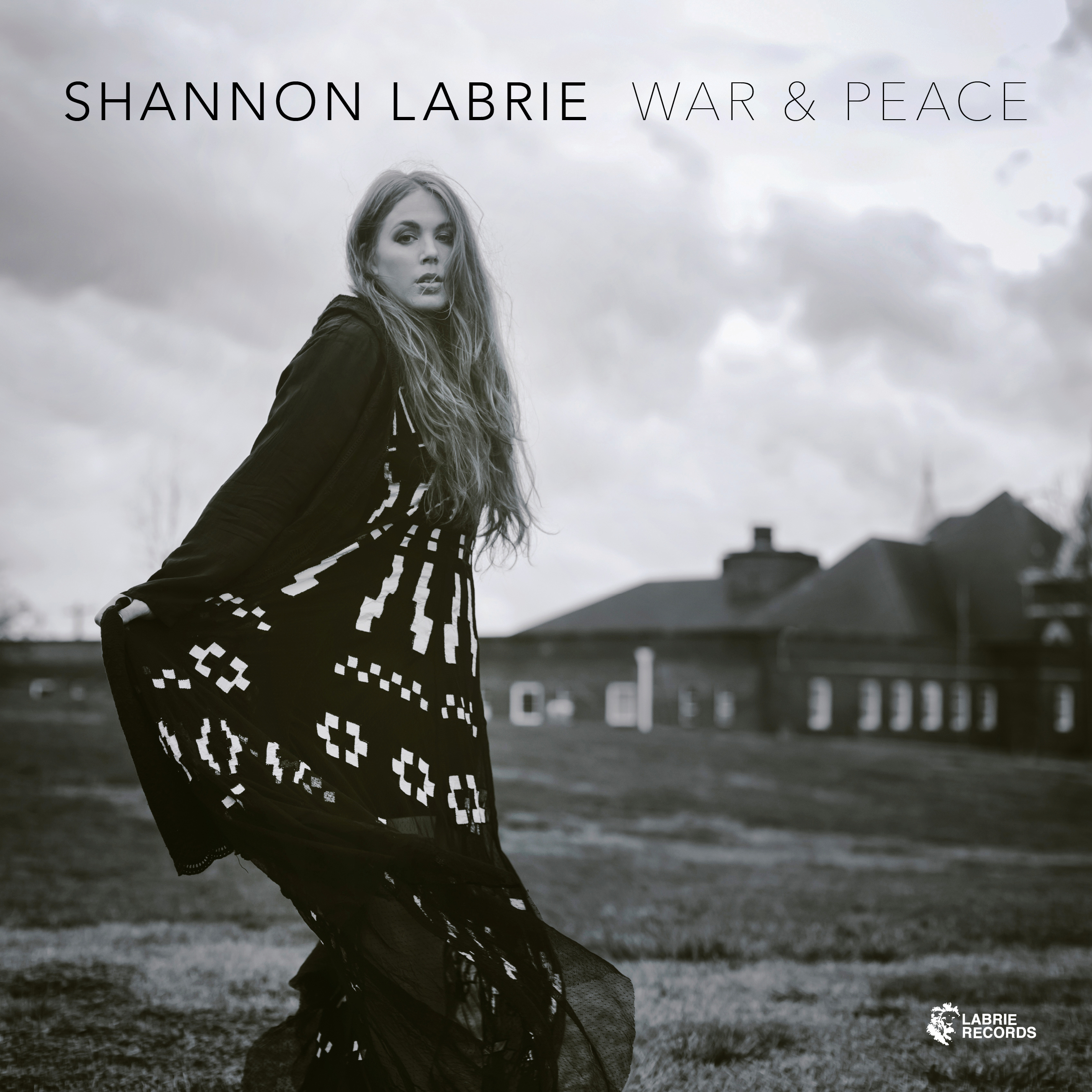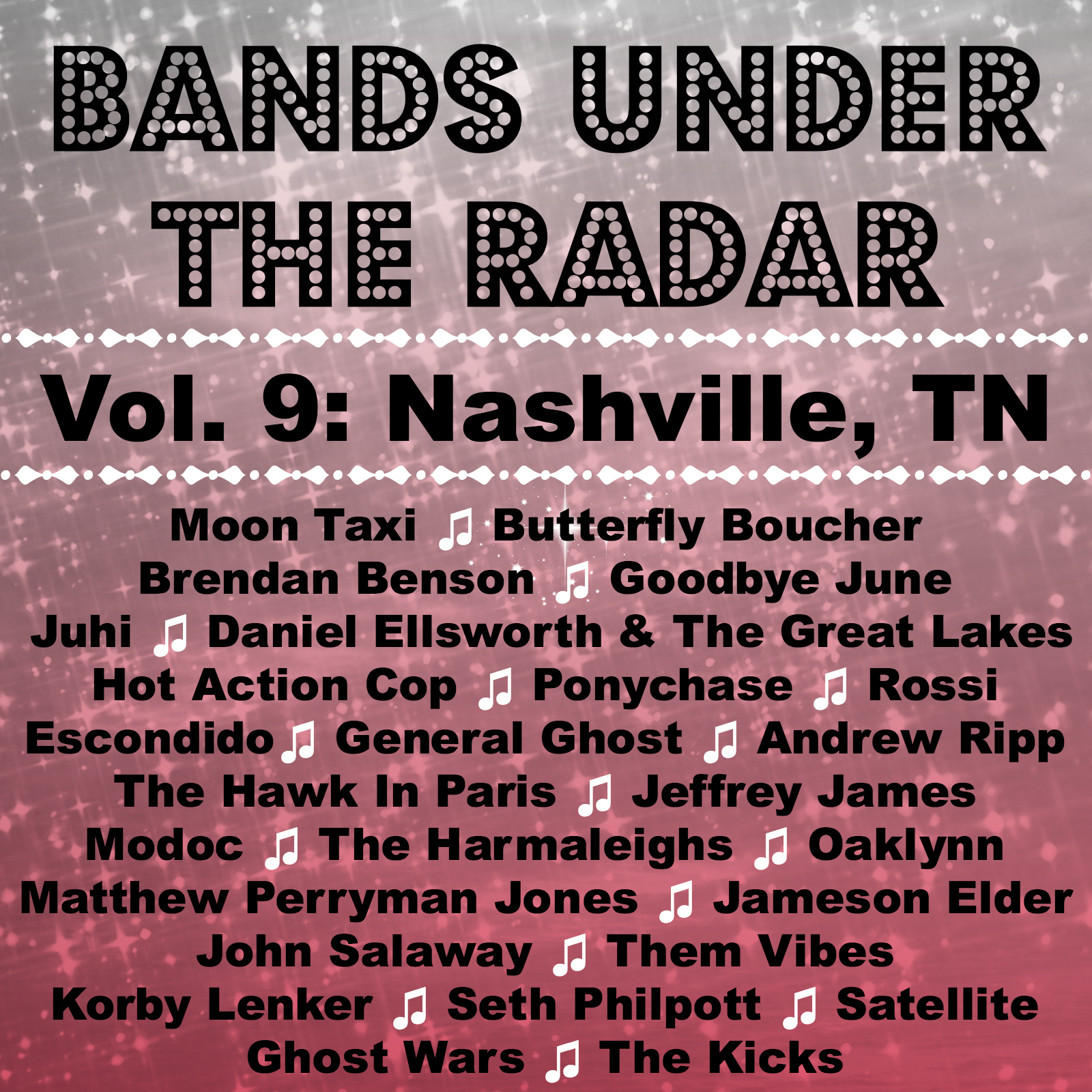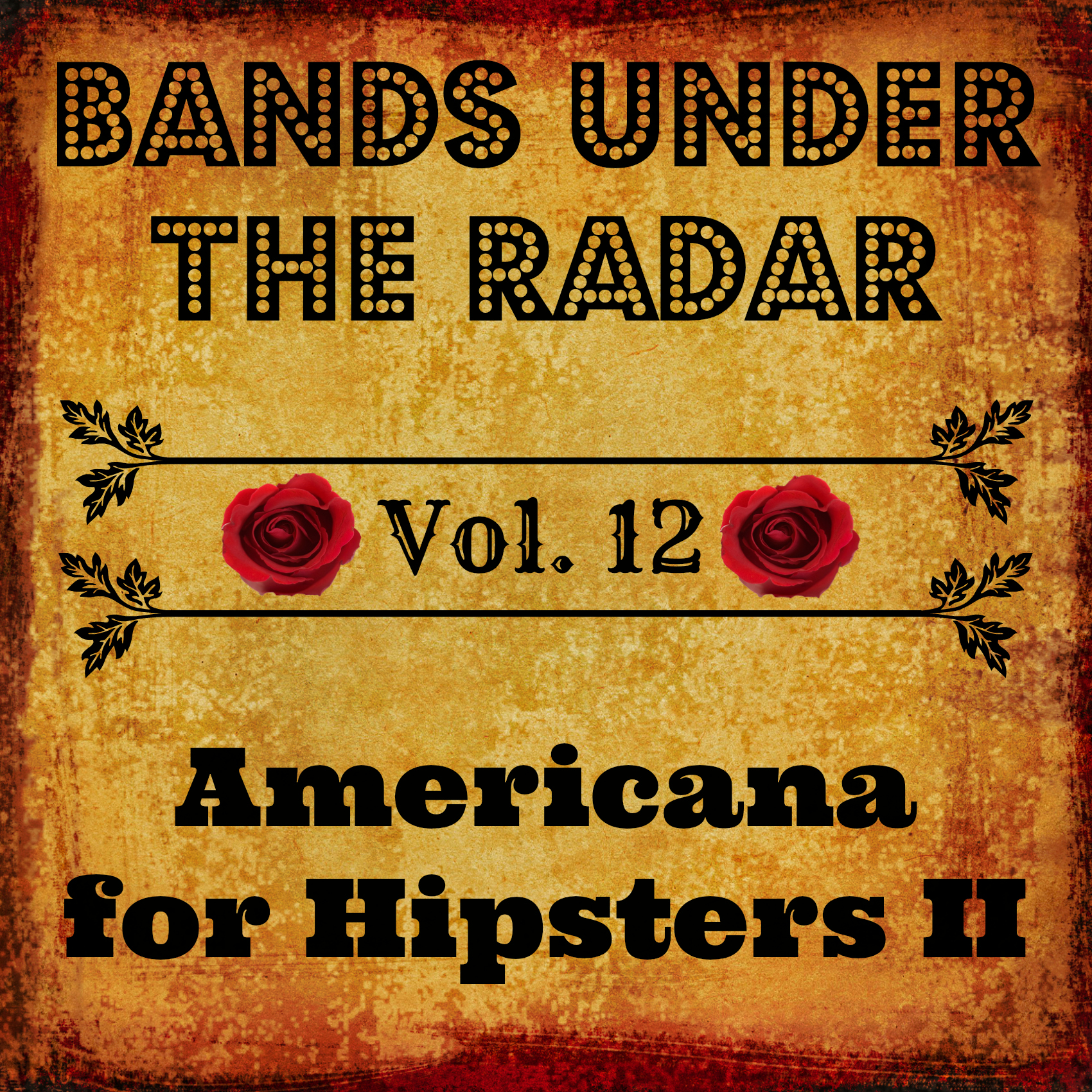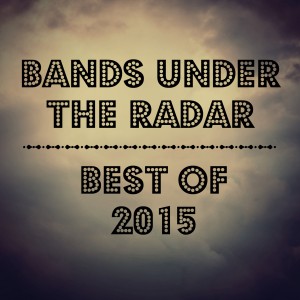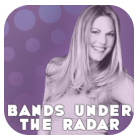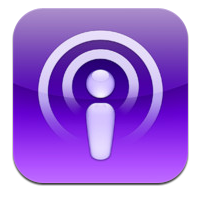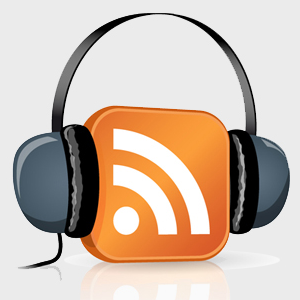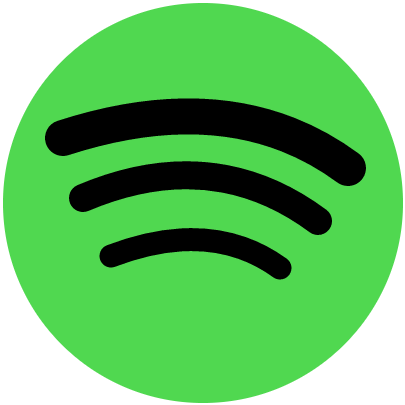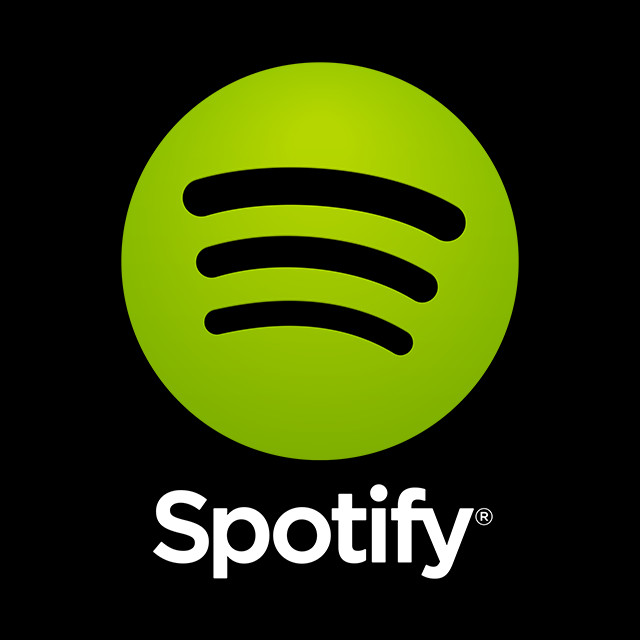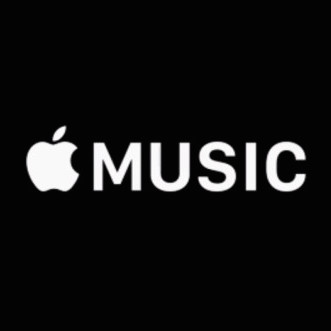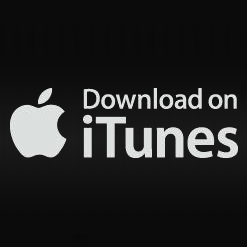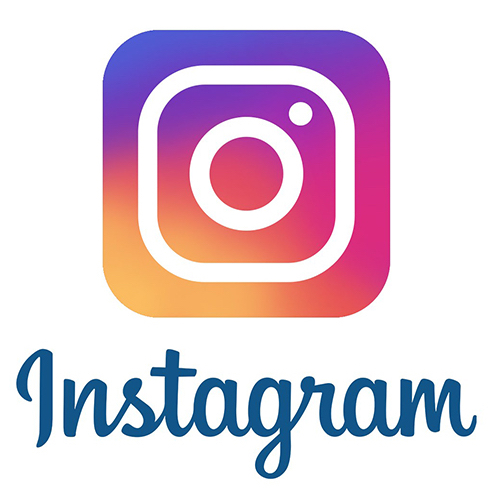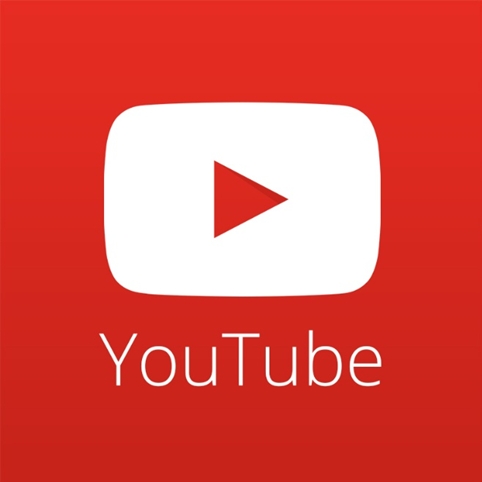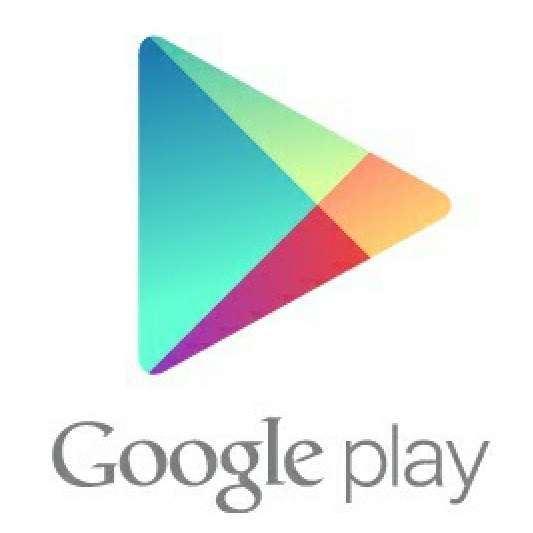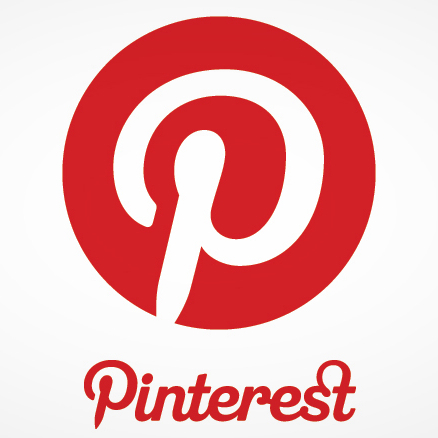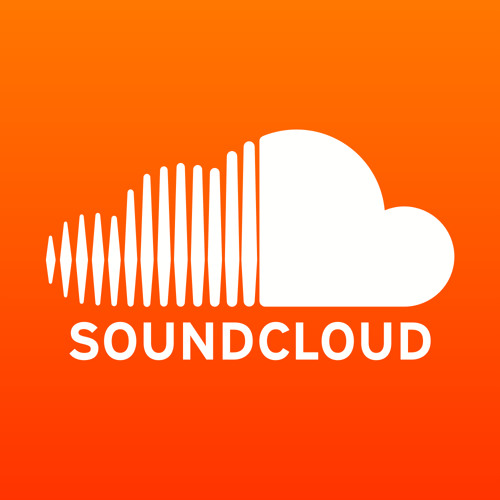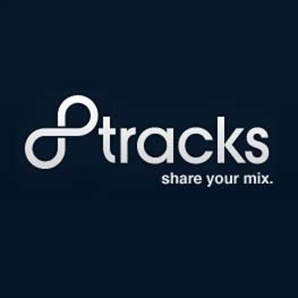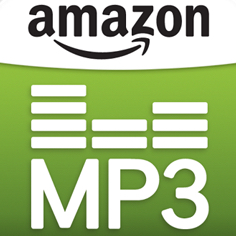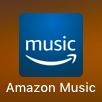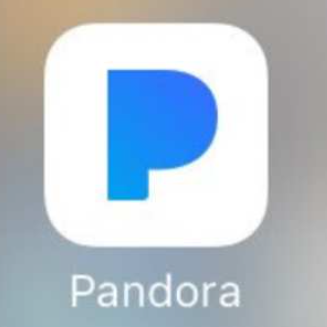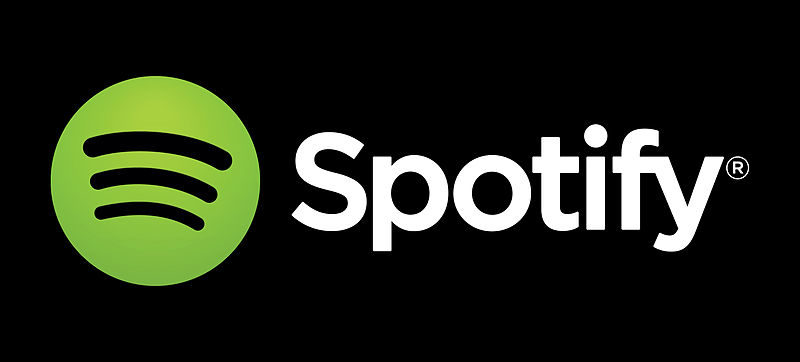
My greatest passions are music discovery, curation, and streaming. Below is an article I wrote to educate people on how streaming is changing the way we listen to music and why it’s going to save the music business. This article first appeared on Hypebot and TuneCore.
10 REASONS WHY EVERY ARTIST SHOULD BE ON SPOTIFY
There’s a lot of buzz these days around music streaming subscription services and how they will impact the music business. It seems like every other week some famous artist is ranting about how much they hate Spotify, the world’s biggest music subscription service, complaining about their low royalty rates. To put it frankly, their vision is short-sighted. Below is my attempt to shed some light on this controversial subject.
1. Subscription Services Promote Artists’ Catalog Increasing Revenue All Around
There’s billions of dollars to be made in the music streaming market reports MarketWatch. Apple, Google, and Amazon’s recent moves into streaming are expected to provide a revenue boost to labels and create fresh opportunities in the music industry. It’s been a whirlwind year for music streaming with Amazon launching Prime Music in June, Songza being scooped up by Google in July and Apple buying Dr. Dre’s Beats Music for a whopping $3 billion in August.
Further proof that streaming is a big priority, all three major labels have dedicated divisions for curating and promoting music playlists on Spotify: UMG has Digster, Sony has Filtr, WMG has PlaylistMe, and WEA, WMG’s distribution and artists services arm, bought Playlists.net last week.
The strategy is to market music through playlists and ultimately increase their catalog’s Spotify streams. By attracting followers to playlists based on themes and genres, they can then use those playlists to “seed” new tracks as they are released. Think of this kind of marketing as a new form of radio promo where the tastemakers are the playlist curators and where anyone can be a curator. Labels, distributors, artists, celebrities, brands, TV shows, music fans, etc, are all examples of curators on Spotify attracting followers to their playlists.
A song on a curated playlist may be how Spotify users discover you for the first time, but because they can consume your music affordably, some will listen to every song in your catalog allowing them to become a fan of you as an artist, rather than having to cherry-pick which singles to purchase. Many people wouldn’t have taken the opportunity to listen your music in the first place if they had to purchase the music first before getting a chance to hear it. For example, U.S. independent artist Ron Pope added his music catalog to Spotify in 2010 which generated over 57 million plays in a little over 2 years and paid him $334,636 (as of Feb. 2014). Pope was getting millions of streams on Spotify in Sweden most months, and as a result was offered a respectable guarantee to play a festival there. In countries where Spotify is really popular such as Sweden and Norway, hardly anyone is buying music and almost all revenue comes form streaming. This is why some artists can make 5-10 times more money on Spotify in these countries than in the U.S..
Let’s look at the numbers. Spotify has over 40 million users worldwide with 10 million of those users paying a monthly subscription fee. Over 3 million of those paying subscribers are in the U.S. alone. Spotify launched in Sweden and Norway in October of 2008, but didn’t launch in the U.S. in July 2011. The population in Sweden is about 10 million people, Norway is 5.1 million, and in the U.S. about 319 million people! Just imagine the amount of money Spotify and other streaming services will generate for artists and labels once streaming becomes the norm in the U.S. and other highly populated countries around the world. We are talking billions of dollars folks! And Spotify is still a relatively small service when compared to YouTube who have 1B users and iTunes who now have about 800 million accounts. As Spotify and other streaming services continue to grow so will its artist payouts.
To acknowledge the elephant in the room, yes we all know that artists make a lot more money right away when fans purchase mp3s, but think of streaming as a dividend that pays you every time someone listens to your music. You will be surprised how quickly this money adds up as more people become paying subscribers. Everyday we are getting closer and closer to the tipping point where streaming revenue will surpass digital downloads and CD sales. After that happens, the sky’s the limit!
2. Curated Playlists Can Break A Hit
Dutch rapper Mr Probz song ‘Waves’ released late last year has over 2.4 million downloads globally and was streamed a million times a day on Spotify throughout summer. ‘Waves’ received considerable support from club DJs in Europe, but how did it break America, traveling across the Atlantic and straight into the US Spotify top 40 chart by early April? Careful interpretation of data from the months when ‘Waves’ first started to break shows that the ‘lean back’ mechanism of curated playlists (as opposed to the ‘lean forward’ method of search which drove European streams) led to the early success of Mr. Probz in the US. Put simply, the lean-back mechanism of Spotify’s curated playlists carried a big hit in Europe across borders with next to no conventional support in the U.S. for this new artist. By overlaying Spotify streams, Shazam tags and radio plays onto the same chart, what is really telling is that radio is seen to be lagging a full three months behind, and the actual number of its radio spins was barely noticeable.
3. Subscription Services Cultivate New Artists
Music’s shift to an all-you-can-stream model has a hidden perk that could benefit everyone: Data. Spotify, which is available in over 60 countries, has been amassing listening data from its millions of users. The marriage of data and music will have a major impact on the industry as a whole, a process you can already see beginning to unfold. The rise of Lorde for instance, was fueled in large part by Spotify, whose data team noticed the pop star was trending on the service long before she became an international star. Internally, the company has a team of people dedicated to spotting these types of trends and cultivating the artists behind them. They’re also working with traditional radio stations to help spot regional surges in popularity previously invisible to deejays.
4. Subscription Services Decrease Piracy
Studies have revealed that piracy rates are down by more than 80% in Norway, which continues to have the highest digital revenue per capita in the world, thanks to the rise of legal alternatives such as Spotify. Australia’s piracy rates dropped 20% in just one year since Spotify launched. Piracy fell by 25% in Sweden between 2009 and 2011. In North America, file sharing now accounts for less than 10% of total daily traffic.
5. Subscription Services Make the Average Music Consumer Spend More
Digital downloads have not been able to make up for the decrease in physical sales over the past 15 years. Spotify’s model aims to regenerate this lost value by producing far more value per listener. According to Russ Crupnick of NPD Group, a respected consultancy, of the U.S. Internet population of 190 million, only 45% buy music of any form. The average annual music spend of this minority is only $55.45. A Spotify Premium customer spends $120 ($10/month x 12 months) per year. A Spotify Premium user delivers more than 2x the amount of revenue to the industry (per year) than the average US music consumer. Spotify’s goal is to convince millions of people around the world to become Premium subscribers and by doing so to re-grow the music industry.
6. Music Streaming Counts Towards Music Charts
On-demand audio streaming has been factored into the U.S. Billboard charts since 2012. In 2013 Billboard added YouTube streaming enhancing a complex formula for Billboard’s Hot 100, the preeminent singles chart, that now include on-demand audio/video streaming, digital downloads track sales, physical single sales, online radio streaming, and terrestrial radio airplay. Never before have music fans had more of an influence on the chart’s rankings as they do today.
This year the UK added on-demand streams to it’s Top 40 singles chart. 100 streams will be weighted as the equivalent to one download or physical single in the chart compilation process. Each song has to be streamed for 30 seconds to count as one stream. Subscription services which will contribute to the charts include Spotify, Deezer, Napser, O2 Tracks, Xbox Music and Sony Music Unlimited, and rara (powered by Omnifone). Video views on YouTube and Vevo will not county towards the charts.
7. Social & Concert Recommendations = Free Promotion
Spotify users can easily share what they are listening to via their activity feed within the desktop app, via a deep integration with Facebook which all their Facebook friends can see, and via direct messaging other users. When people listen on Spotify it’s social and your fans become promoters just by listening. Spotify also automatically recommends nearby concerts to fans who listen to a lot of your music or follow you, and nearby concerts are shown to users visiting your artist discography page on Spotify.
8. Alerts & Notifications Makes It Easier To Stay In Touch
Spotify automatically generates notifications to your followers whenever you release new music so they never miss any of your releases. Notifications include email alerts, push mobile notifications and recommendations in the activity feed.
9. Subscription Services Pay Higher Rates Than Online Video, Online Radio, & Terrestrial Radio
Spotify pays 70 percent of “every dollar” that it receives back to its rights holders which is on par with other digital retailers. By “rights holders,” they are referring to the owners of the music that are on Spotify–labels, publishers, distributors, and, through certain digital distributors, independent artists themselves. The royalty rates Spotify pays to rights holders is much higher than many alternative services such as your favorite video outlet, or online and terrestrial radio station. Spotify is paying artists more than 2x the amount that popular video partners are paying out, and they are paying significantly more than online and terrestrial radio stations.
10. Streaming Has Already Won
Digital sales decreased for the first time last year. Weekly album sales hit new lows on a regular basis. The public has made their choice, they want access over ownership. For people resistant to change, you will always be able to get your favorite music in some physical form or as a download. As CDs and downloads continue to decline, vinyl sales surge. But to ignore streaming, is choosing to live in the past. New cars or computers don’t even come with CD players anymore! In the words of Bob Lefsetz, “Streaming won. Hell, it won in movies/TV first. We’re never going back to ownership. We’re never going back to windows. So throw your sticks and stones. I don’t care, I’m on the winning side. I’m aware of progress. I can see where I’m going. I’m not an ostrich with my head in the ground.”
Kami Knake is founder of the Bands Under The Radar (BUTR) music podcast, blog, and record label. She has a B.S.E. in Electrical & Computer Engineering from the University of Iowa and has worked for Agency for the Performing Arts and Warner Bros. Records. With over 15 years experience, she currently consults for digital music start-ups and independent artists. If you need help promoting your music digitally or want to submit a song to be featured on BUTR, email Kami at butrmgmt@gmail.com.



